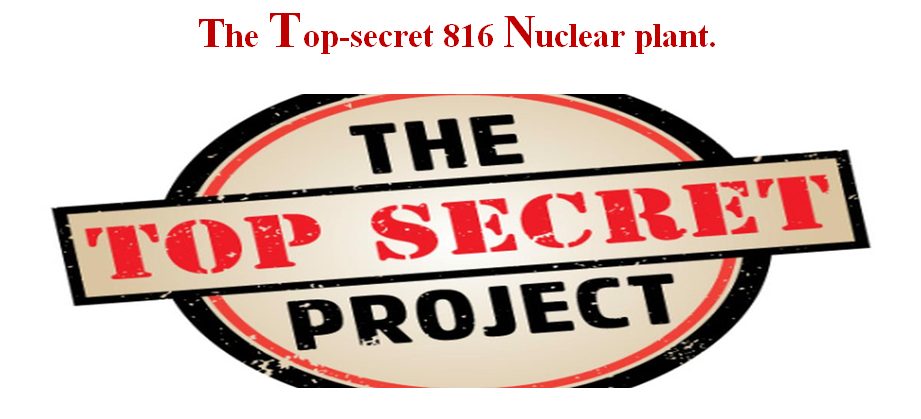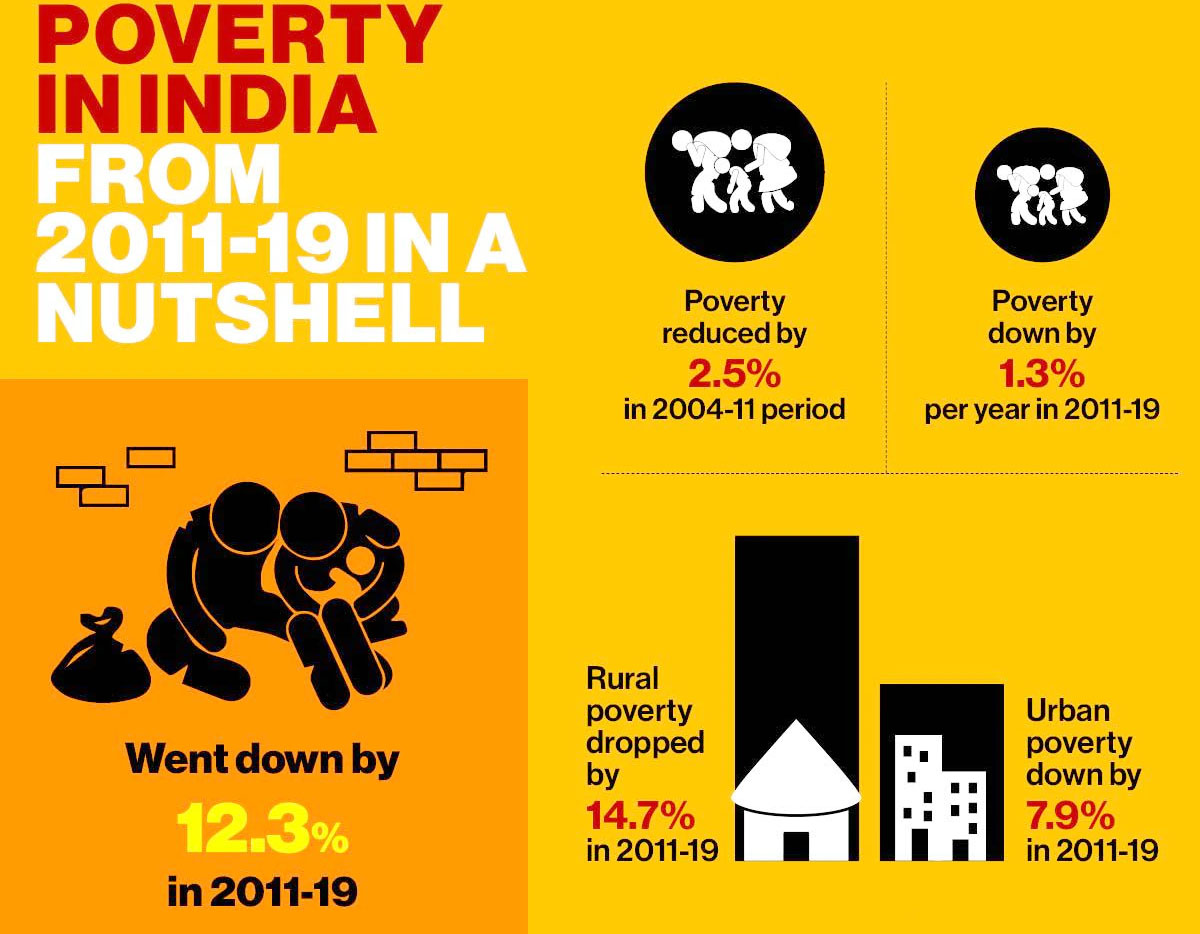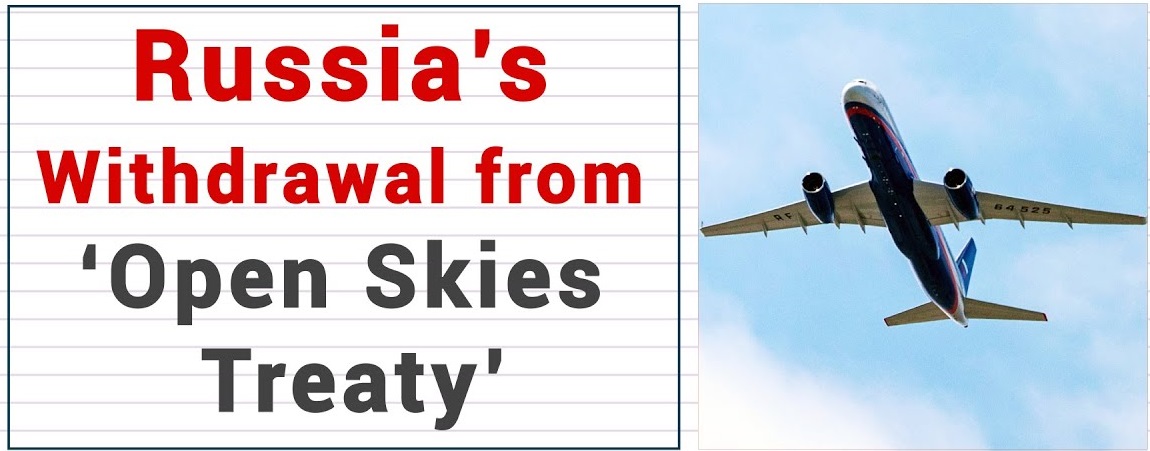EUROPEAN UNION-यूरोप संघ
Established-
E.U. was formed through …Maastricht (Holland) declaration 1991.
Head quarters-
It has its head quarter at Brussels Belgium. Its aim is to integrate the member nation of Europe in terms of economy, culture etc.
The last amendment to the constitutional basis of the EU, the Treaty of Lisbon,* came into force in 2009.
1. More democracy, more openness: The Treaty gives you a stronger voice in decision-making.
2. Faster, more efficient decision-making: The Lisbon Treaty streamlines the EU’s decision-making procedures.
3. Modernising the EU’s institutions: A key aim of the Lisbon Treaty is to modernise the institutions that run the EU’s business and makes them more democratic.
4. Economic policy: The Lisbon Treaty confirms the commitment to achieving economic and monetary union with the euro as the EU’s currency.)
The EU operates through a hybrid system of supranational independent institutions and intergovernmental made decisions negotiated by the member states.
Important institutions of the EU include the following –
European Commission, the …
-Council of the European Union, the ….
-European Council, the ……
.Court of Justice of the European Union, and the ….
The European Parliament is elected every five years by EU citizens.
Through the ….Common Foreign and Security Policy the EU has developed a limited role in external relations and defence.
Permanent diplomatic missions have been established around the world and the EU is represented at the United Nations, the WTO, the G8 and the G-20.
Share in Global Economy-
The EU generated an estimated 26% (US$16.282 trillion)of the global economy, or 20% (US$15.170 trillion) when adjusted in terms of purchasing power parity.
What is Schengen area?
The Area is named after the Wine making town of Schengen in Luxembourg where the Schengen Agreement 26 EU nations are its members + 8 non EU MEMBERS.
The EU has developed a….single market through a …standardized system of laws which apply in all member states including the… abolition of passport controls within the Schengen area
The Schengen Area operates very much like a single state for international travel with border controls for those traveling in and out of the area, but with no internal border controls) .
It ensures the ..free movement of people, goods, services, and capital, enacts legislation in justice and home affairs, and maintains common policies on trade ,agriculture, fisheriesand regional development.
-Schengen includes all members of the EU EXCEPT;-
The Schengen area thus includes all EU member states except Ireland and Cyprus; at present the EU members Bulgaria and Romania only apply some of the Schengen provisions. .
-Schengen includes some non-eu countries including;-
The non-EU States Iceland, Norway, Switzerland and Liechtenstein also have joined the Schengen Area.
The Digital Single Market strategy -
The Digital Single Market strategy is one of the top priorties of EU aims at –
-The Digital Single Market, which is one of the European Commission's 10 political priorities, aims to fit the EU's single market for the digital age – moving from 28 national digital markets to a single one
What is Eurozone?
A monetary union, the Eurozone, was established in 1999 and is currently composed of …20 member states.
The eurozone consists of-Austria, Belgium, Croatia, Cyprus, Estonia, Finland, France, Germany, Greece, Ireland, Italy, Latvia, Lithuania, Luxembourg, Malta, the Netherlands, Portugal, Slovakia, Slovenia, and Spain.
The seven non-eurozone members of the EU are Bulgaria, the Czech Republic, Denmark, Hungary, Poland, Romania, and Sweden. They continue to use their own national currencies, although all but Denmark are obliged to join once they meet the euro convergence criteria
Other EU states (except for Denmark and the United Kingdom) are obliged to join once they meet the criteria to do so. No state has left, and there are no provisions to do so or to be expelled.
-Andorra, Monaco, San Marino, and Vatican City have formal agreements with the EU to use the euro as their official currency and issue their own coins.
-Kosovo andMontenegro have adopted the euro unilaterally, but these countries do not officially form part of the eurozone and do not have representation in theEuropean Central Bank (ECB).
How EU is governed?
1. European Council/European Summit - HQ is at Brussels
This body constitutes all the …. heads of the states of member nations. It takes the policy decision making regarding E.U. The European Council gives direction to the EU, and convenes… at least four times a year.
It comprises the President of the European Council, the President of the European Commission and one representative per member state; either its head of state or head of government. The European Council has been described by some as the Union's "supreme political authority". It is actively involved in the negotiation of the treaty changes and defines the EU's policy agenda and strategies. HQ is at Brussels
2. European Commission - HQ is at Brussels
It constitutes the representative of member nations currently the number of European commissions are 27. The European Commission acts as the EU's executive arm and is responsible for initiating legislation and the day-to-day running of the EU.
The Commission is also seen as the motor of European integration. It operates as a cabinet government, with 27 Commissioners for different areas of policy, one from each member state, though Commissioners are bound to represent the interests of the EU as a whole rather than their home state.HQ is at Brussels.
3. European Parliament - HQ is at Brussels
It is a parliament of the entire member nation (at Strasbourg). It’s members are 705. The European Parliament (EP) forms one half of the EU's legislature (the other half is the Council of the European Union, see below).
The 705 Members of the European Parliament (MEPs) are directly elected by EU citizens every five years on the basis of proportional representation to the share of votes collected by each political party.Next elections are in 2019 .
Although MEPs are elected on a national basis, they sit according to political groups rather than their nationality. Each country has a set number of seats and is divided into sub-national constituencies where this does not affect the proportional nature of the voting system. The Parliament and the Council of the European Union pass legislation jointly in nearly all areas under the ordinary legislative procedure.
Council –
The Council of the European Union (also called the "Council"[and sometimes referred to as the "Council of Ministers") forms the other half of the EU's legislature.
It consists of a government minister from each member state and meets in different compositions depending on the policy area being addressed. Notwithstanding its different compositions, it is considered to be one single body. In this the external affairs ministers of member nation come.
5. Court of Justice - HQ is at Luxumberg
The judicial branch of the EU—formally called the Court of Justice of the European Union—consists of three courts: the Court of Justice, the General Court, and the European Union Civil Service Tribunal. Together they interpret and apply the treaties and the law of the EU
The Court of Justice in Luxembourg is the highest court in the European Union in matters of EU law.
The Court of Justice primarily deals with cases taken by member states, the institutions, and cases referred to it by the courts of member states.
Its main aim is to solve the dispute among member nation.
European Court of Auditors (ECA):
It investigates the proper management of finances within both the EU entities and EU funding provided to its member states.
ECA members are appointed by the Council, after consulting the Parliament, for renewable 6-year terms.
The European Central Bank (ECB):
It is the central bank for the euro and administers monetary policy within the Euro zone, which comprises 20 member states of the European Union.
Governing Council – It is the main decision-making body of ECB. It consists of the Executive Board plus the governors of the national central banks from euro zone countries.
It is located in Frankfurt (Germany).
The European Stability Mechanism-
Is a European Union agency that provides financial assistance, in the form of loans, to eurozone countries .
It is based in Luxembourg .
Military.
The European Union does not have one unified military. The predecessors of the European Union were not devised as a strong military alliance because NATO was largely seen as appropriate and sufficient for defence purposes.
21 EU members are members of NATO while the remaining member states follow policies of neutrality.
Digital Single Market strategy –
The European Commission, established the Digital Single Market strategy in 2015.
Objectives-
DSM intended to remove virtual borders, boost digital connectivity, and make it easier for consumers to access cross-border online content across the European Union.
|
Q. The term ‘Digital Single Market Strategy’ seen in the news refers to(IAS PRE-2017) ANS – C |
EU and India
The formation of EU leads to convenience to nations including India.
India’s dependence on dollar has been reduced and Euro has become good competitor of dollar. Previously India had to sign separate trade agreement with European nations.
But now by a single signature with EU trade gets open with 27 nations.
EU supports India in war against terrorism.
BTIA –(Broad Trade & Investment Agreement)
BTIA?
The BTIA broad trade arrangement covers many factors of trade in goods, services, and investment.
India is one of the EU’s important, trading partners due to the fact that India
India and the European Union (EU) have resumed negotiations since2021 for a Bilateral
Key Points of the Summit –
-A Roadmap to 2025, a common roadmap to guide joint action and further strengthen the Strategic Partnership over the next five years has been endorsed between India and EU.
-India and the European Union both are “unions of diversity”, sharing values of democracy, rule of law and human rights. Both are equally convinced of the necessity to preserve the rules-based international order and effective multilateralism.
-India and the EU have agreed to launch a high-level trade dialogue to foster progress on “balanced, ambitious and mutually beneficial” trade and investment agreements, address trade irritants and discuss supply chain linkages.
-A civil nuclear cooperation agreement was signed between the European Atomic Energy Community or Euratom and the Department of Atomic Energy, India that will focus on research and development cooperation for peaceful and new uses of nuclear energy.
Issues involved -BITA
-India’s recent Atma Nirbhar Bharat Abhiyaan was viewed by the EU as an initiative that might lead to protectionism. Read in detail about the AtmaNirbhar Bharat Abhiyan on the linked page.
-The EU has been critical over the removal of Article 370 in Jammu and Kashmir as well as the Citizenship Amendment Act, which according to India is an internal matter. Further details on Citizenship Amendment Act – CAA 2019 on the linked page.
|
Q.‘Broad-based Trade and Investment Agreement (BTIA)’ is sometimes seen in the news in the context of negotiations held between India and(IAS PRE- 2017) ANS – A |
Brexit-
The UK left the EU on 31 January 2020 and an 11-month transition period.
During this period the UK effectively remains in the EU's customs union and single market and continues to obey EU rules.
However, it is no longer part of the political institutions. So, for example, there are no longer any British MPs in the European Parliament
Impact on India from Britain’s exit from EU
1- Possibility of devaluation of the pound and euro. With the pound expected to fall 20 percent in case of a Brexit, Indian companies with sizeable presence in the UK will have to bear the brunt.
2- UK has always been a gateway for Indian firms to enter into EU. After Brexit, this will cause short-term distress to Indian firms.
3- Global financial market volatility can be readily expected. Markets across the world will tank. The pound will depreciate against most major economies. India cannot remain immune to this. Sensex and Nifty will tumble in the short-run.
4- One can expect Britain to try extra hard to woo Indian companies to invest there by providing much bigger incentives in terms of tax breaks, lesser regulation and other financial incentives. India is also the third largest investor in Britain.
Global Gateway-
Global Gateway is an initiation of EU since 2021 to mobilise EURO 300 billion by 2027 in public and private infrastructure investment around the world.
It is a reaction to China’s Belt and Road strategy.
Objectives-
-To develop sustainable and high quality digital, climate and energy and transport infrastructures.
-Strengthen health, education and research systems across the world.
Funding:
To finance the project, the EU will use its European Fund for Sustainable Development Plus.
Offshoot of B3W Project of G-7
The EU strategy is an offshoot of the Build Back Better World (B3W) Initiative.
Stability and Growth Pact (SGP)
The Stability and Growth Pact (SGP) is a binding diplomatic agreement among European Union (EU) member states.
-It is a set of fiscal rules designed to prevent countries in the EU from spending beyond their means.
-Under SGP -A state’s budget deficit cannot exceed 3% of GDP and national debt cannot surpass 60% of GDP.
-Failure to abide by the rules can lead to a maximum fine of 0.5% of GDP.
-The SGP is criticized for its strict fiscal rules, lack of compliance, and perceived favoritism toward certain nations.
How the Stability and Growth Pact (SGP) Works
The European Commission and the Council of Ministers issue an annual recommendation on policy measures and survey member states in order to keep each nation compliant with budget regulations. According to the agreement, countries that break the rules for three consecutive years are fined a maximum of 0.5% of their GDP.
|
Q-Consider the following statements: (UPSC Pre-2023) The Stability and Growth Pact of the European Union is a treaty that 1. limits the levels of the budgetary deficit of the countries of the European Union 2. makes the countries of the European Union to share their infrastructure facilities 3. enables the countries of the European Union to share their technologies How many of the above statements are correct? [a] Only one [b] Only two [c] All three [d] None Correct Answer – a Stability and Growth Pact The Stability and Growth Pact (SGP) does not specifically address sharing infrastructure facilities or technologies among the member countries. |
The European Stability Mechanism (ESM)
The European Stability Mechanism (ESM) is an intergovernmental organization located in Luxembourg City, which operates under public international law for all eurozone member states having.
Established-
It was established on 27 September 2012 as a permanent firewall for the eurozone, to safeguard and provide instant access to financial assistance programmes for member states of the eurozone in financial difficulty, with a maximum lending capacity of €500 billion.
It has replaced two earlier temporary EU funding programmes: the European Financial Stability Facility (EFSF) and the European Financial Stabilisation Mechanism (EFSM).
|
Q. 'European Stability Mechanism', sometimes seen in the news, is an int. aff.(IAS PRE-2016) (a) agency created by EU to deal with the impact of millions of refugees arriving from Middle East (b) agency of EU that provides financial assistance to eurozone countries (c) agency of EU to deal with all the bilateral and multilateral agreements on trade (d) agency of EU to deal with the conflicts arising among the member countries Answer . b |
The EU-US Trade and Technology Council –
The EU-US Trade and Technology Council serves as a forum for the United States and European Union to coordinate approaches to key global trade, economic, and technology issues and to deepen transatlantic trade and economic relations based on these shared values.
It was established during the EU-US Summit in June 2021 in Brussels.
Objectives-
-To ensure that trade and technology serve our societies and economies, while upholding our common values
-To strengthen our technological and industrial leadership
-To expand bilateral trade and investment
Latest Summit-
The EU and US met in Leuven (Belgium) on 4-5 April 2024 for the sixth ministerial-level meeting of the Trade and Technology Council.
They agreed on:
Advancing transatlantic cooperation on AI, 6G, critical and emerging technologies
Promoting easier, more sustainable and more secure trade on the transatlantic market
|
Q- Consider the following statements: (UPSC Pre-2023) Statement-I: Recently, the United States of America (USA) and the European Union (EU) have launched the Trade and Technology Council”. Statement-II: The USA and the EU claim that through this they are trying to bring technological progress and physical productivity under their control. Which one of the following is correct in respect of the above statements? [a] Both Statement-I and Statement-II are correct and Statement-II is the correct explanation for Statement-I. [b] Both Statement-I and Statement-II are correct and Statement-II is not the correct explanation for Statement-I. [c] Statement-l is correct but Statement-II is incorrect. [d] Statement-I is incorrect but Statement-II is correct. Exp) Option c is the correct answer. Statement 1 is correct: Trade and Technology Council was launched by the the United States of America and the European Union during the EU-US Summit on 15 June 2021 in Brussels. Statement 2 is incorrect: Trade and Technology council, the USA and EU does not aim to bring technological progress and physical productivity under their control. Rather the initiative intends to promote pooling of digital resources such as AI models and computing power, and make them available to partner countries to address challenges in areas such as climate change and extreme weather, healthcare or smart agriculture. |



.jpg)
.jpg)
.jpg)
.jpg)
.jpg)
.jpg)





